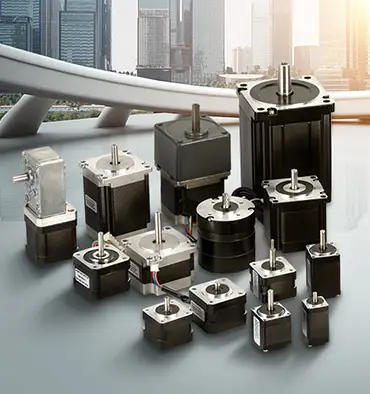What are the steps per revolution for a stepper motor?
Stepper motors are electric motors that rotate in precise steps, allowing for very precise positioning and speed control. They are used in a wide range of applications that require precise motor control, such as 3D printers, CNC machines, robotic arms, etc.
A key specification of any stepper motor is the number of steps per revolution. This determines the number of discrete steps in which the motor will rotate 360 degrees in one revolution. More steps per revolution allow for finer incremental movement and more precise positioning. The most common stepper motors have 200 or 400 steps per revolution, which means it takes 200 or 400 discrete steps to rotate a full revolution. These are usually sufficient for many consumer and light industrial purposes. For very high-precision applications, stepper motors with higher step counts can be used.
The number of steps per revolution depends on the internal structure of the stepper motor. The most common type is the permanent magnet stepper motor, which uses a rotor composed of multiple permanent magnets. Surrounding the rotor are stator coils, which are electronically controlled to rotate the magnetic field and push the rotor into a new stepping position. The more magnets in the rotor and the more stator coils in the stator, the more precision can be achieved.
Conclusion
The number of steps per revolution specification describes how many incremental rotations a stepper motor can make per step. Choosing the right stepper motor with the right number of steps per revolution is important to achieve the accuracy, control, and smoothness required by the application.


Leave a Reply